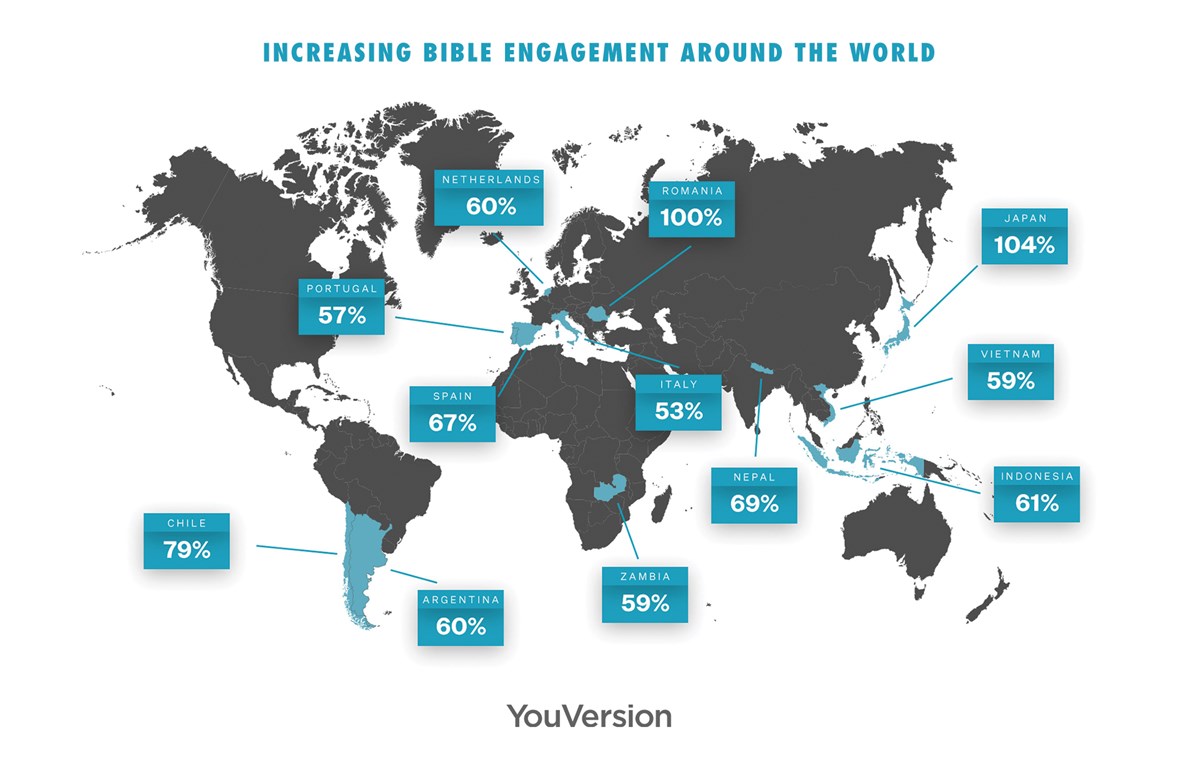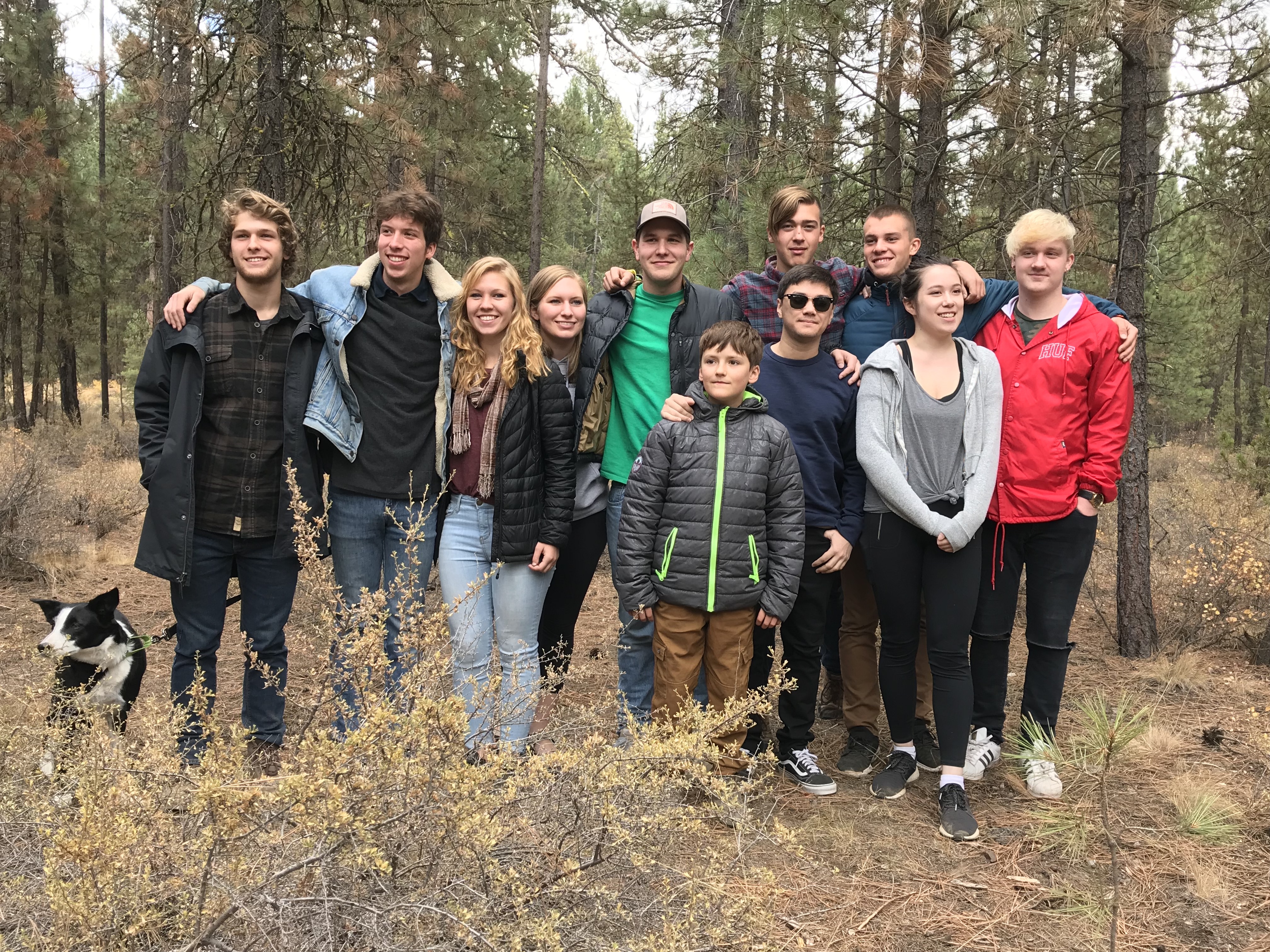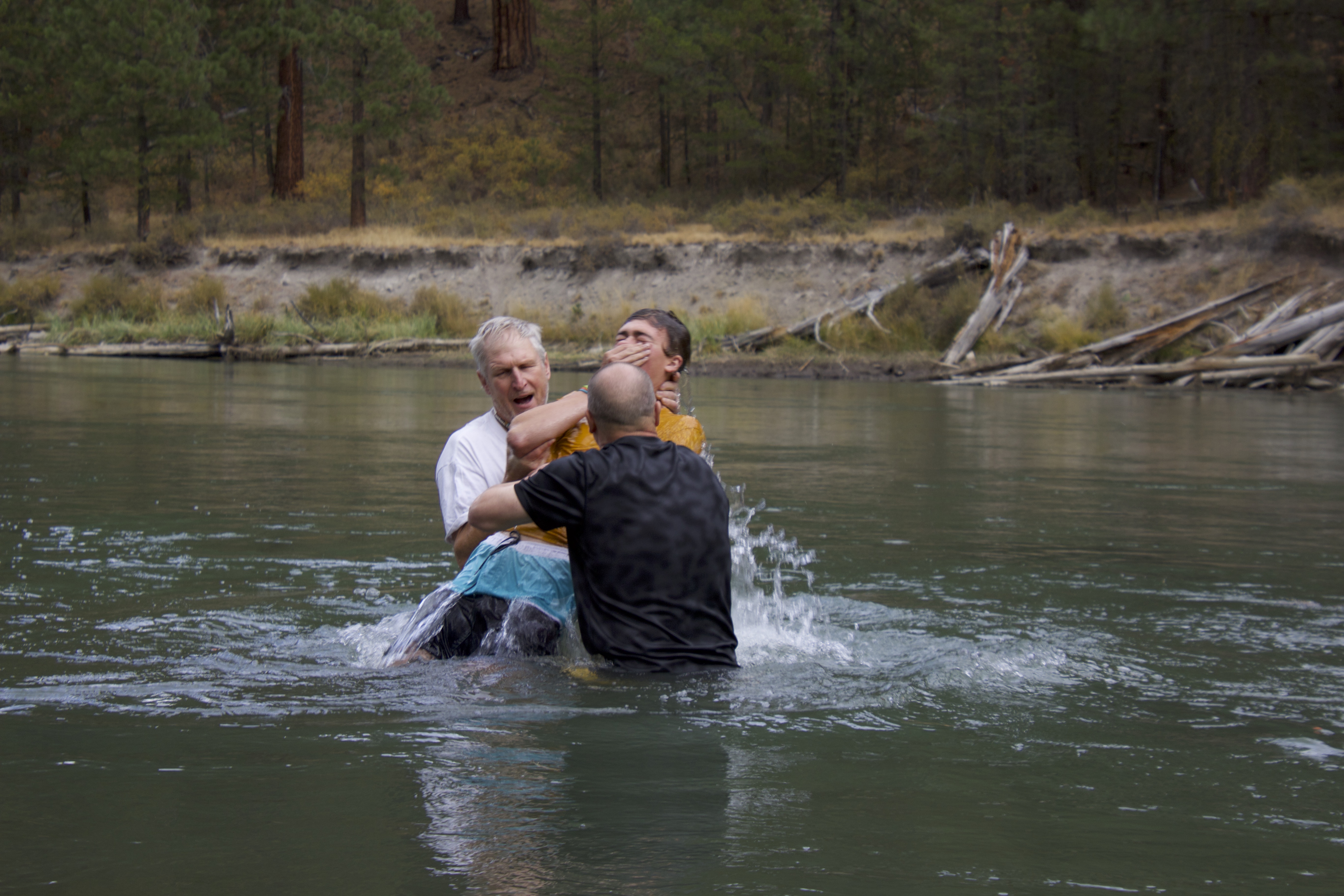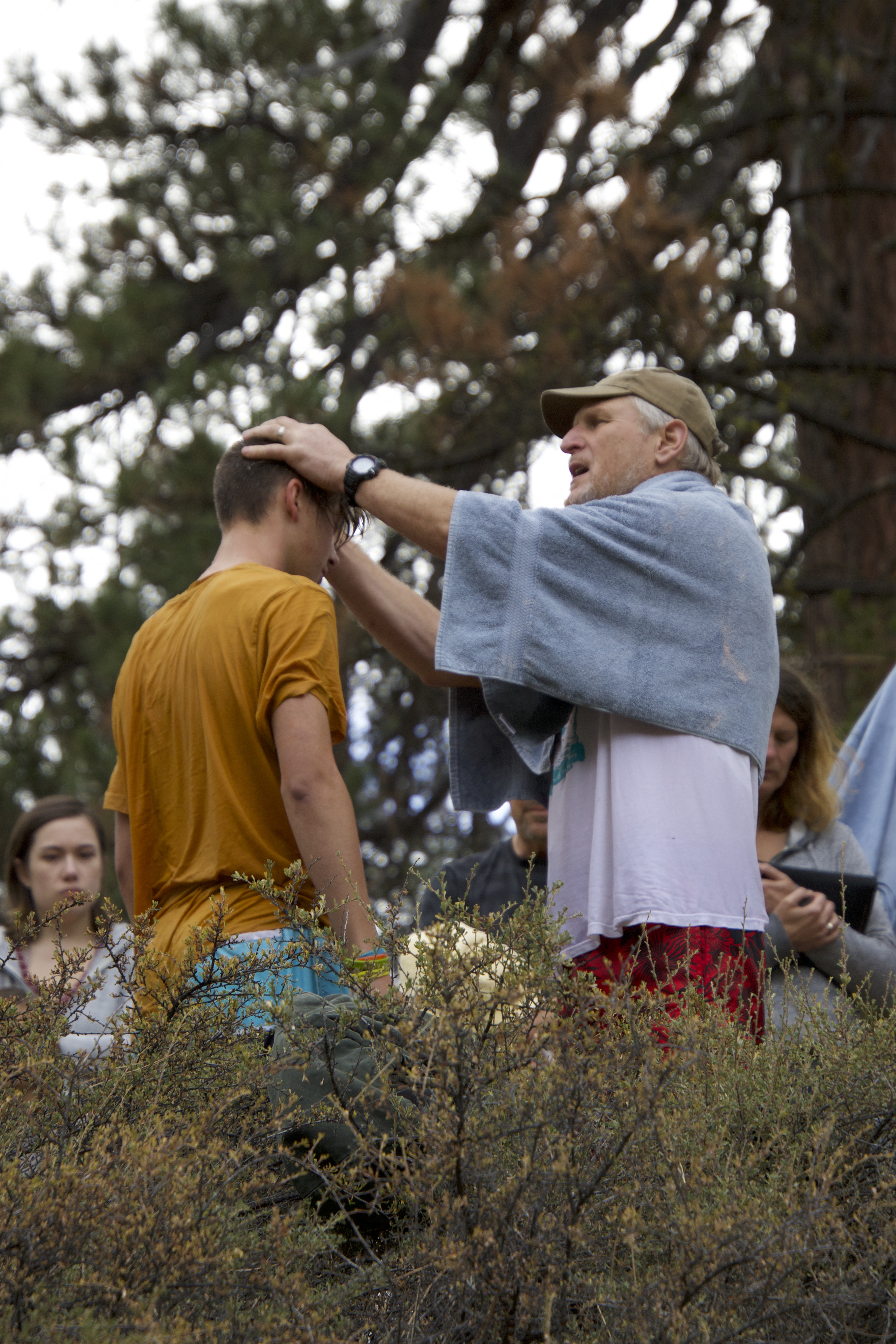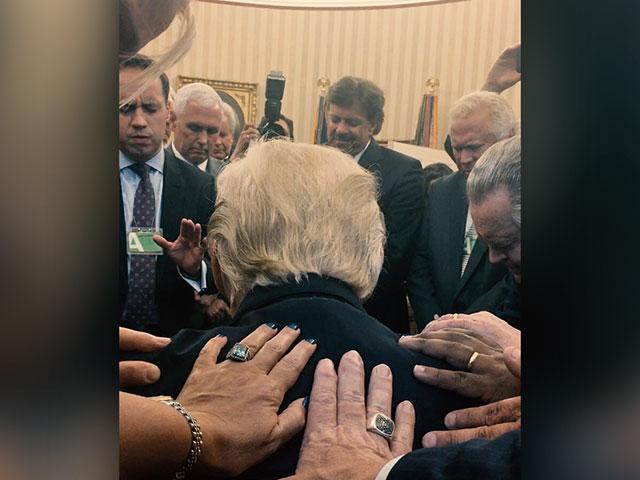Exodus 34:1–35, Prophetic pictures of Moses’ second ascension of Mount Sinai. Moses’ second ascension of Mount Sinai is a prophetic and allegorical picture of the saints’ resurrection and glorification at the second coming of Yeshua the Messiah.

According to Jewish tradition, Moses ascended Mount Sinai to receive the second set of stone tablets containing the Ten Commandments on the first day of the sixth biblical month or 30 days before Yom Teruah, which occurs on the first day of the seventh month. Forty days later on Yom Kippur he descended from the mountain carrying with him the second set of tablets as a sign of YHVH’s forgiveness of the children of Israel after the golden calf incident. This signaled YHVH’s renewed relationship with Israel after they had repented of golden calf worship.
We know that in biblical times a biblical Israelite bride, while waiting for her betrothed to arrive from his father’s house, would hear a shout and the sound of the shofar in the distance as her bridegroom approached (Matt 25:6 cp. Matt 24:31; 1 Thess 4:16; 1 Cor 15:51–52). If she were alert and not asleep (as were the ten virgins in Matt 25:1–13), she would have had time to put on her wedding robes, trim her lamp’s wick (an ancient version of a flashlight), and have it filled with oil and ready to light as soon as he arrived, since he would be coming at night time.
Prophetically, the Scriptures indicate that the saints of Yeshua are to be resurrected and to meet the returning Messiah Yeshua in the air at the seventh or last shofar blast most likely on Yom Teruah (Day of the Trumpets also known as the Day of Shouting or Shofar Blasts, see 1 Thess 4:16; 1 Cor 15:52; Rev 11:15–18). From the time the saints begin hearing the shofar blasts in the distance signaling the arrival of Yeshua the Bridegroom until their ascension (at the resurrection) to meet King Yeshua in the air roughly seems to correspond to Moses’ ascension of Mount Sinai on the first day of the sixth month. That being so, then Moses’ descent with the stone tablets—the tokens of a renewed covenant between YHVH and Israel on Yom Kippur (the Day of Atonement)—would correspond to Yeshua returning to earth with his just-resurrected saints. As Moses saw the glory of YHVH in the cleft of the rock the second time he ascended Mount Sinai (Exod 33:18–23; 34:5–9), and as he descended in a glorified state, his face shining with the glory of YHVH, so the saints will resurrect to meet Yeshua in the air, see his glory, and will return with him with their own glorified immortal bodies (1 Cor 15:42–54; 1 Thess 4:16–17).
First John 3:2 says, “Beloved, now are we the sons of Elohim, and it does not yet appear what we shall be, but we know that, when he shall appear, we shall be like him; for we shall see him as he is.” These resurrected saints are those who have heeded YHVH’s call to come out of Babylonian, golden calf-type religious systems (i.e. Christo-pagan churchianity, Rev 18:4) where paganism has been mixed with the truth of the Scriptures. These same saints are now waiting to enter into an everlasting (marital) covenant with YHVH-Yeshua (Rev 19:7–9). They are those who love Yeshua and his the Torah-commandments (Rev 12:17; 14:12).
In the end times there will be a great spiritual revival as many people are saved and come to faith in Yeshua out of the great tribulation period (Rev 7:14). Some of these new converts to Yeshua the Messiah will be native Israelites, along with many Gentiles, who have been spiritually grafted into the nation of Israel, and all of whom have repent of the golden calf worship of Torahlessness and false religious systems. If we can trust the end time prophetic chronology of the fall biblical feasts, we see that this momentous and glorious event will occur in the time period leading up to the Day of the Trumpets when many people will wholeheartedly repent and receive the covering of the blood of Yeshua for their sins, as pictured by the Day of Atonement. This will be a continuation of the process of the rebirth and reunification of the two houses of Israel (loosely speaking, Ephraim who is he church, and Judah who are the Jews) that began in the apostolic era.
The Bible likens this process to branches being grafted into an ancient olive tree, or to the unification of Jews and Gentiles becoming into the “one new man” Israel of Elohim through faith in and the blood of Yeshua the Messiah (Rom 11:13–24; Ezek 37:15–28; Eph 2:11–19; Gal 6:16).



